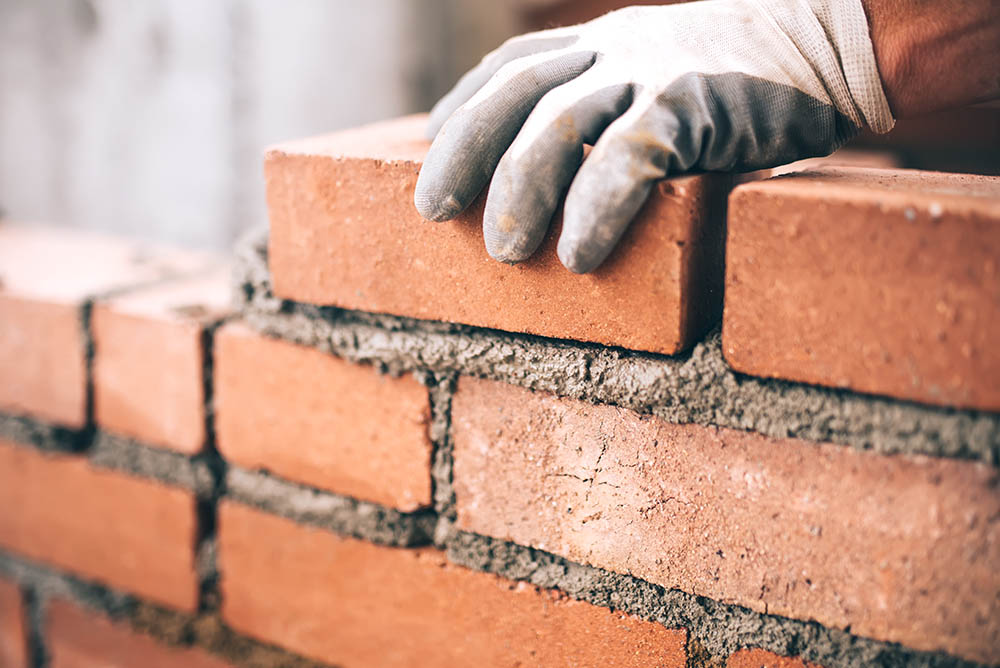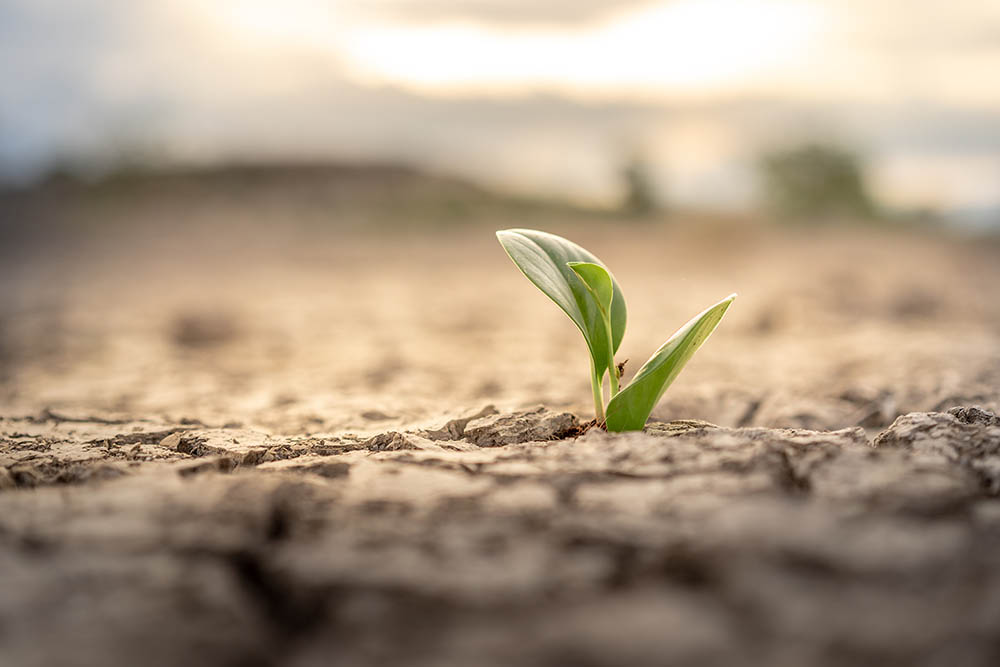Amino acids, the building blocks of life on Earth
There are more than 500 different amino acids on Earth. About 23 amino acids are essential for the growth and health of people, animals and plants. Amino acids are the building blocks of all life on Earth. They are literally vital.
Humans and animals cannot make amino acids themselves. They must get the amino acids through food. By connecting amino acids in a certain way, humans and animals can produce proteins. Most plants make amino acids themselves as required.
This is difficult for production plants such as arable and horticultural crops that must be particularly high-yielding, because the production of amino acids costs a lot of energy. In soil with a large amount of organic matter, plants receive a large part of the required amino acids from digested organic material.

